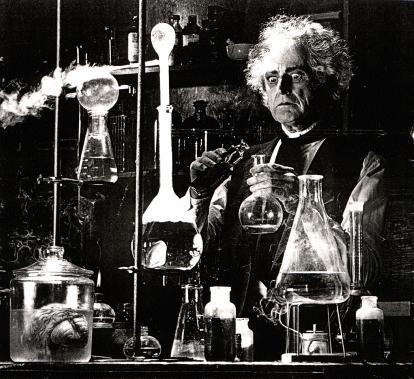Our new paper published recently:
Penelope Faulkner Rainford, Angelika Sebald, Susan Stepney.
MetaChem: An algebraic framework for Artificial Chemistries
Artificial Life Journal, 26(2):153–195, 2020
Abstract: We introduce MetaChem, a language for representing and implementing artificial chemistries. We motivate the need for modularization and standardization in representation of artificial chemistries. We describe a mathematical formalism for Static Graph MetaChem, a static-graph-based system. MetaChem supports different levels of description, and has a formal description; we illustrate these using StringCatChem, a toy artificial chemistry. We describe two existing artificial chemistries—Jordan Algebra AChem and Swarm Chemistry—in MetaChem, and demonstrate how they can be combined in several different configurations by using a MetaChem environmental link. MetaChem provides a route to standardization, reuse, and composition of artificial chemistries and their tools.
Artificial chemistries – computational systems that link together abstract ‘molecules’, inspired by the way natural chemistry operates – are fascinating ways to explore the growth of complexity, and underpin some aspects of Artificial Life research. Most AChem research focusses on designing the molecules and reactions of the artificial system.
We have been working at the level of the artificial ‘glassware’: the system whereby different molecules are brought together under different conditions.
Our new paper explains how this MetaChem system works, and how it can be used to underpin essentially any artificial chemistry – it can even use whole chemistries at one level to be the molecules at another level.
The python code is available on GitHub for anyone to use in their own AChem systems.

No comments:
Post a Comment